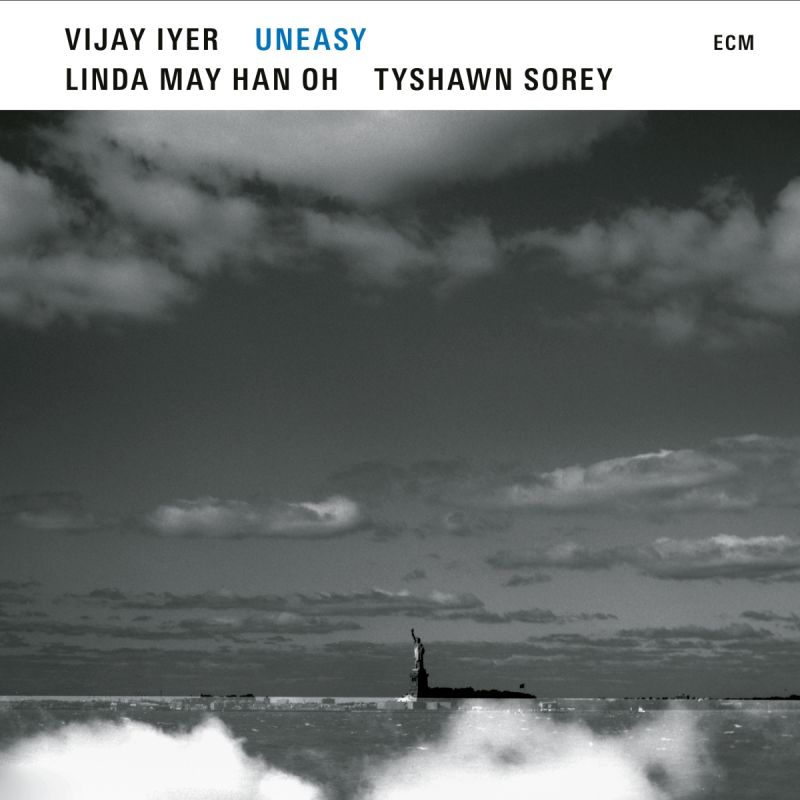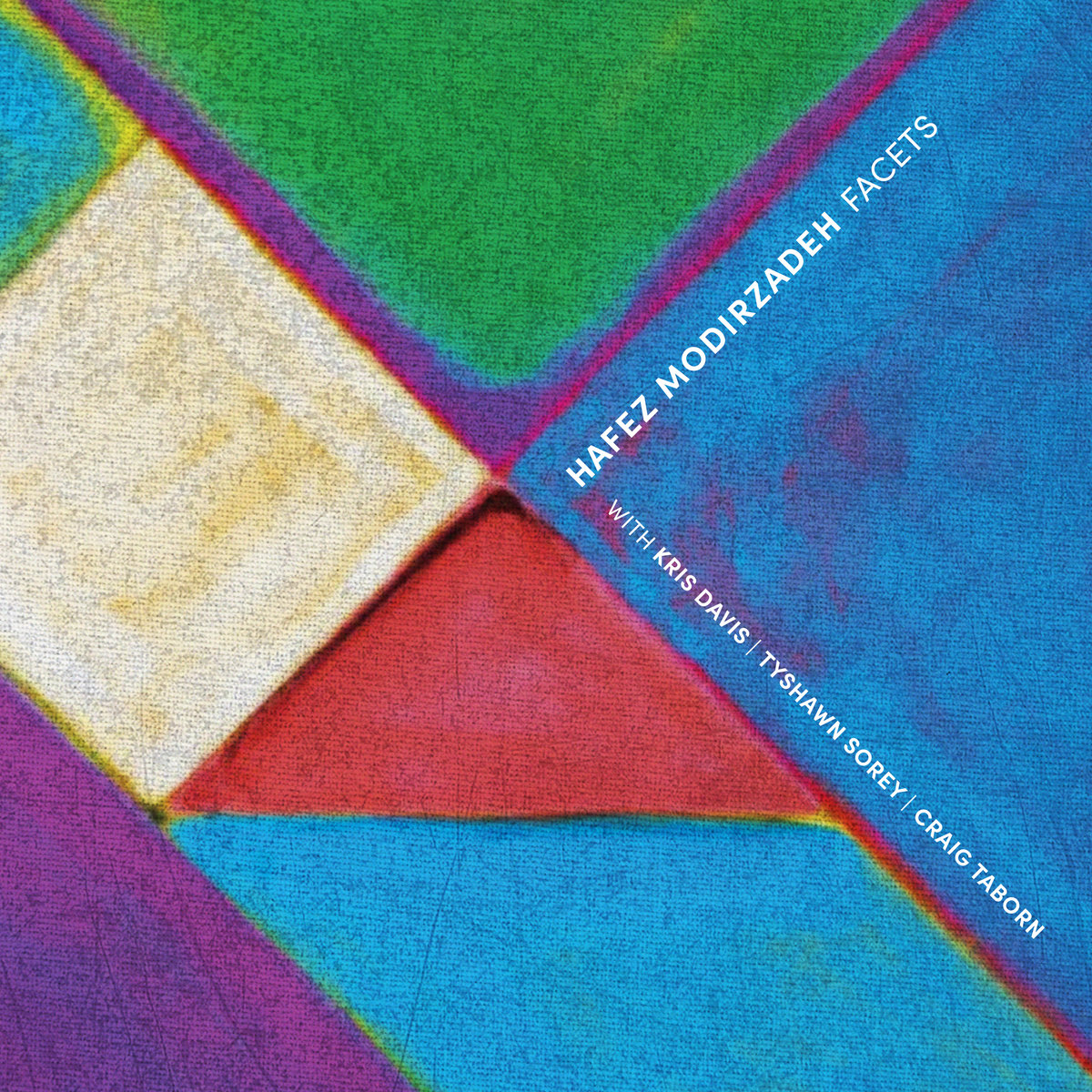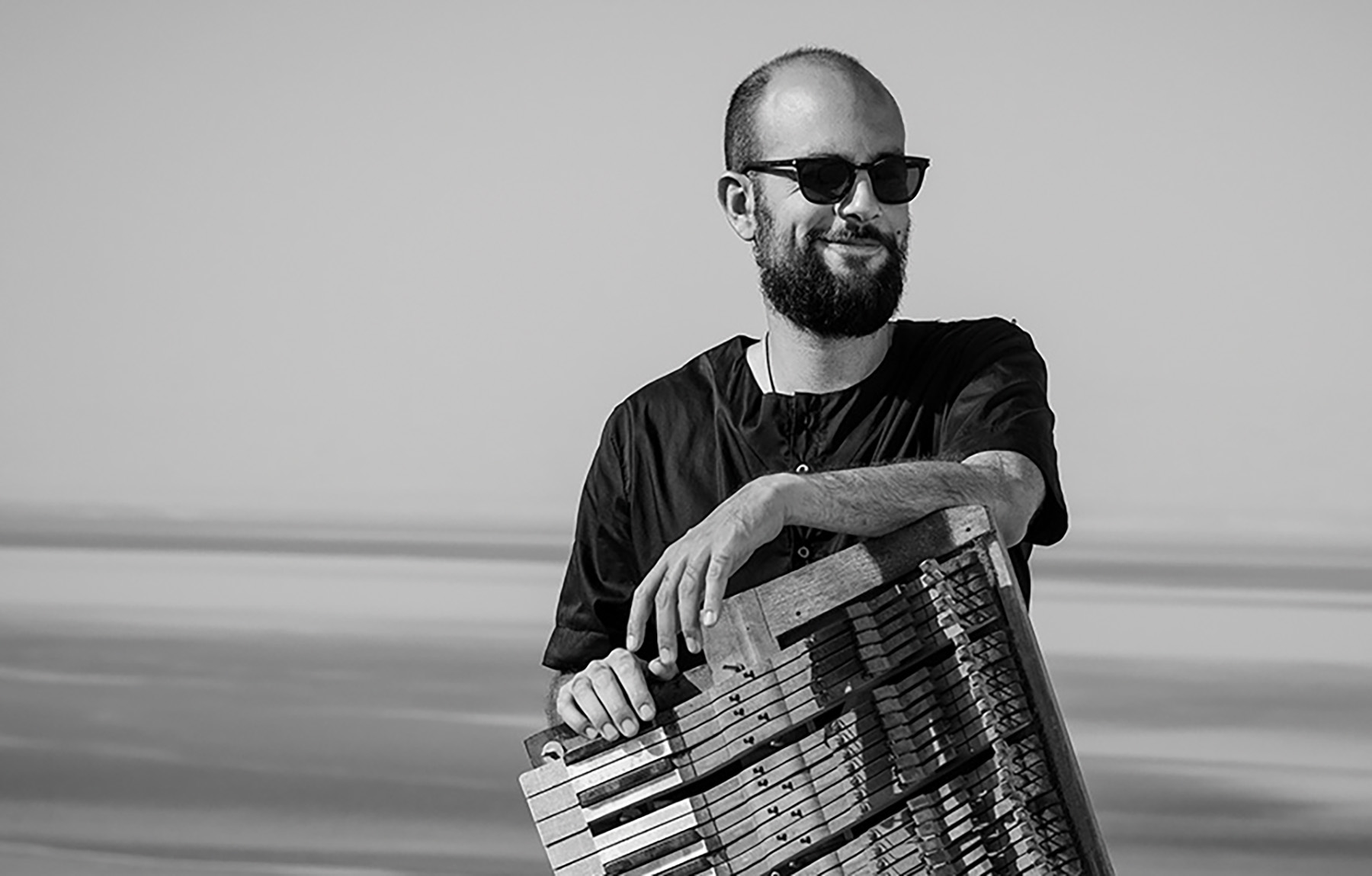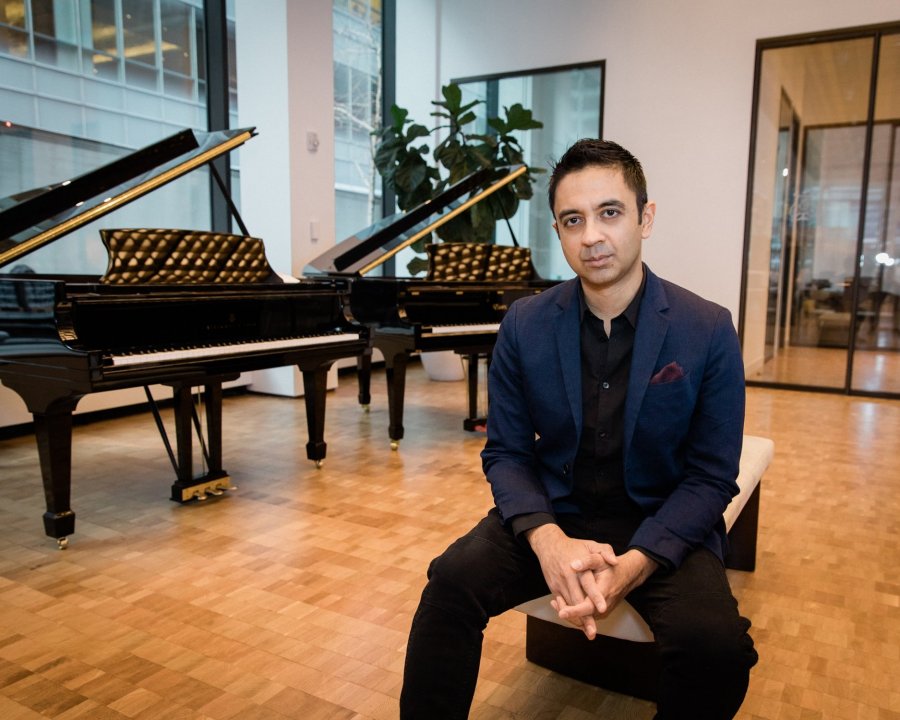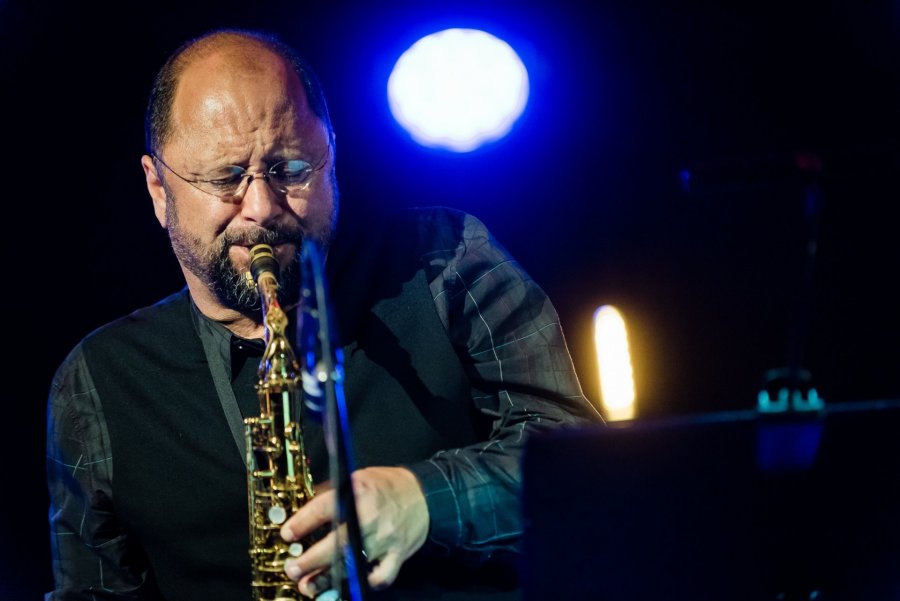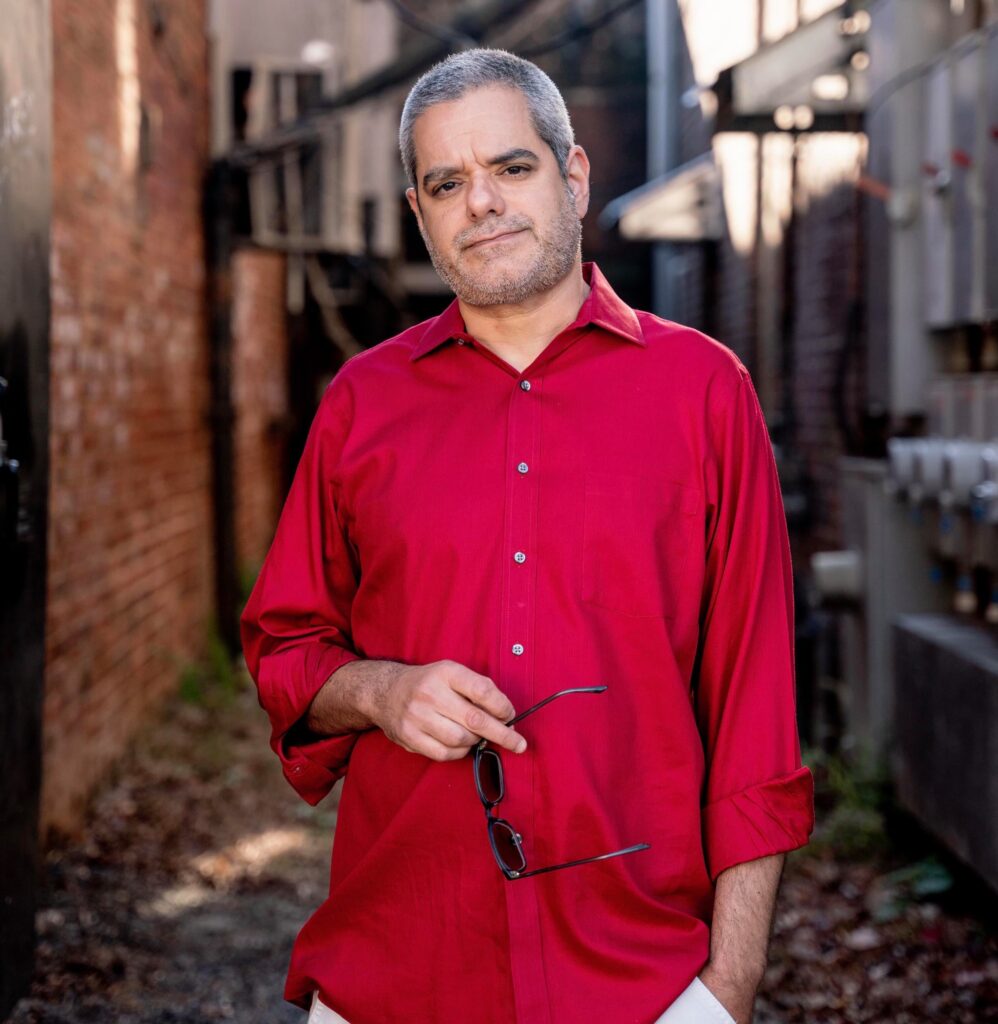By David R. Adler
Shai Maestro, Human (ECM)

Vijay Iyer Trio, Uneasy (ECM)

Hafez Modirzadeh, Facets (Pi)

When pianist Shai Maestro made the move as a leader to ECM in 2018 with The Dream Thief, he chose the grand yet economical classic trio lineup, with bassist Jorge Roeder and drummer Ofri Nehemya. On Human, the follow-up, he keeps the same rhythm section and adds trumpeter Philip Dizack. The distinct patina of brass, the elegant breathy lyricism, lends Mr. Maestro’s original pieces an aura reminiscent of the late Tomasz Stańko, an ECM forebear. The writing is spacious and meditative (“Time,” “Ima,” “They Went to War,” the loosely phrased folk-like “Prayer,” the solo piano reverie “Compassion”) but can rise to the kind of brimming intensity heard on “The Thief’s Dream.”
As on the previous record there is just one standard, “In a Sentimental Mood” (on The Dream Thief it was “These Foolish Things”). Mr. Maestro outfits Ellington’s lonely ode with a dense contrapuntal structure anchored by Mr. Nehemya’s infectious beat. Two duets find Mr. Maestro hitting next-level inspiration: “Hank and Charlie,” a bass-piano ballad homage to the beauty of the Hank Jones-Charlie Haden partnership, of blessed memory; and “GG,” which finds piano and trumpet parsing what are by far the most difficult rhythmic ideas of the set. The faultless execution of the latter makes clear why Mr. Maestro chose Mr. Dizack as a sideman and collaborator.
Pianist Vijay Iyer’s stint with ECM began in 2013 and continues in strong form with Uneasy, the debut of a new trio with bassist Linda May Han Oh and drummer Tyshawn Sorey. Dr. Sorey appeared with Dr. Iyer’s quartet back in 2003 on Blood Sutra, and with the co-led trio Fieldwork (also with Dr. Iyer) on Door (2007). He’s since become a MacArthur Fellow (2017) on the strength of his multi-instrumental improvising mastery and extended genre-crossing compositions. Ms. Oh is a proven force in her own right with the Dave Douglas Quintet, Pat Metheny and her own adventurous projects. The lineup couldn’t be more compelling.
The piano trio idiom was the main focus of Dr. Iyer’s debut album Memorophilia in 1995. He returned to the format in 2009 with Historicity and continued with Accelerando and Break Stuff, all featuring bassist Stephan Crump and drummer Marcus Gilmore. The new trio follows a similar aesthetic path, though Ms. Oh and Dr. Sorey have their own way of contending with Dr. Iyer’s bristling asymmetric rhythms and forms. The music grooves relentlessly, hitting from every angle, and the virtuosity of the soloing is off the charts.
Many of the compositions have an earlier provenance: “Children of Flint” is derived from Dr. Iyer’s solo viola work “Song for Flint,” while “Touba,” a mysterious modified blues, revisits a piece called “Plastic Bag” from the 2003 multimedia spoken-word production In What Language?. The staggering title track was originally conceived for a dance collaboration, while “Retrofit” comes from Dr. Iyer’s sextet book and “Entrustment” from a string orchestra suite titled “City of Sand.” Dr. Iyer also reaches back to Panoptic Modes from 2001 to revive the demanding “Configurations.” But he’s also keen to address treasures left by piano forebears McCoy Tyner and Geri Allen: Allen’s “Drummer’s Song” and Cole Porter’s “Night and Day” (famously reharmonized by Joe Henderson on Inner Urge, with Tyner at the piano) receive stirring treatments that highlight Dr. Iyer’s probing wisdom and the trio’s uncanny chemistry.
Dr. Iyer makes another appearance of sorts, as liner note essayist, on tenor saxophonist Hafez Modirzadeh’s Facets. Dr. Sorey plays a role as well, not as the drummer but as one of three pianists, along with Craig Taborn and Kris Davis, to pair up with the leader for a cycle of otherworldly tenor-piano duets. Dr. Modirzadeh’s warm sound and extraordinarily subtle phrasing on the horn is striking enough, but the music also departs from traditional equal temperament by way of customized piano tunings: eight keyboard pitches are altered by a specified number of cents, producing a sound quite strange to the ear at first. What emerges is something Dr. Iyer describes as “an ancestral, unbounded sound,” a way of “remap[ping] all of the [piano’s] inner resonances.” These are ideas Dr. Modirzadeh has explored, in earlier formulations, on such albums as Radif Suite and Post-Chromodal Out!
A North Carolina native and music professor in the Bay Area, Dr. Modirzadeh is of Iranian descent on his father’s side and has long made a practice of bridging jazz improvisation and Persian musical disciplines. Facets provides the most intimate look yet at his radical tonal approach. Mr. Taborn leads off with a solo piano improvisation (“Facet Taborn”), a gesture repeated later in the program by Dr. Sorey (“Facet Sorey”). Two of Mr. Taborn’s six appearances are Thelonious Monk tunes (“Ask Me Now,” “Pannonica”), and Ms. Davis plays on the “Ask Me Now” variation called “Facet 34 Defracted.” Together these moments posit Monk as a tonal radical himself, redefining jazz piano harmony for all who came after. It’s one of the countless ways in which Dr. Modirzadeh and his partner pianists create from deep within the jazz tradition.

This Jazz Artistry Now REVIEW article was written by David R. Adler. Mr. Adler’s work has appeared in JazzTimes, The Village Voice, Stereophile, The New York City Jazz Record, The Philadelphia Inquirer, Philadelphia Weekly, DownBeat, Time Out New York, City Arts, Jazziz, The New York Times, The New Republic, Slate, The Forward, The Sondheim Review, Fairmont Magazine (Canada), La Tempestad (Mexico), GEO (Germany), New Music Box, All Music Guide, Global Rhythm, Signal to Noise, Coda, Jewish Currents and more. He is happy to be a contributor to Jazz Artistry Now (JAN).


